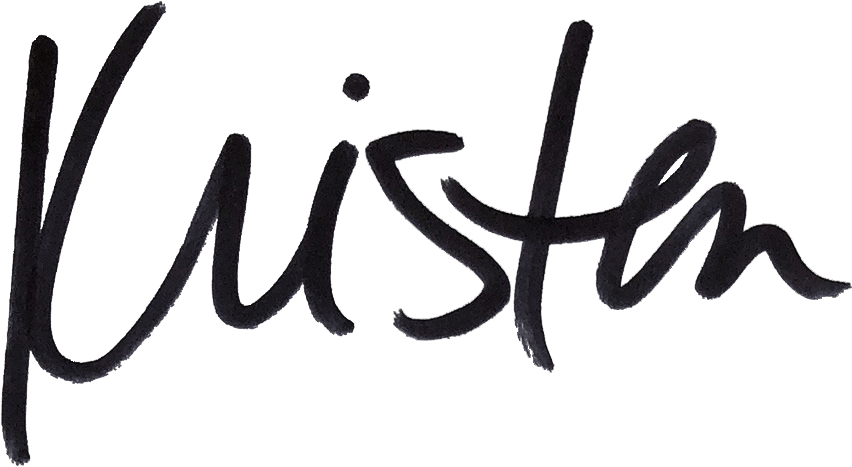The way I see it, newsletters as we know ’em are done for. Why?
Nobody wants updates about your company, or my company, or her company, or his company.
We want to hear and see your stories.
What do I mean? Lemme give you an update and a story from Kenya.
Update: Peter is a 4-year-old who came to the orphanage in February. He enjoys pushing tires around, playing with cars, and eating peanut butter bananas. I love him.
Updates speak in generalities and don’t provide the compelling why for any given situation.
So you made new purses to sell? Tell us why you made them, who they’re for, and what you hope will come of buying them for your customers instead of telling us about their dimensions and how much they cost — those details are necessary, yes, but not compelling.
Updates also tend to be brief, as we don’t want to “bother people” or “waste people’s time.”
Story: When Peter came to the orphanage, he couldn’t walk — only crawl — but now he’ll run you down with his tire as soon as look at you. He’s growing like a weed, having doubled in size in the past five months, and he’s absorbing the English language at a mind-boggling pace.
Now I understand why parents go around touting their kid’s latest achievements. “Peter learned to put his shoes on the right feet! Peter learned the words “bus” and “driver,” then drew them! Peter threatened to run me over with his car if I didn’t get out of his way!”
I’m really annoying right about now. I tell anyone who will listen just how much this four-year-old has grown and just how much I’m proud of him. (And when he barges into the kitchen, demanding peanut butter and bananas? I oblige. You would, too.)
If anyone questions why I was here or what made living in Kenya for months worth it, witnessing his remarkable progress is my first answer.

Stories provide less facts and more heart than updates.
They can be felt, they tell the absolute truth, and they give details that “don’t matter” but that make all the difference to your readers.
Instead of sending that September update that says you’re running out of portrait session spots and providing a rundown of how great your summer clients were, why not feature a single client? Why not tell the story of someone whose life you improved or whose condition you changed?
Most importantly, stories help your clients understand why you do what you do.
Whether you make belts because your skinny jeans always had that weird gap in the back or you create portraits because your childhood photos were lost in a fire — your WHY matters.
Once you’ve got a story for your newsletter, you’ll need to issue a single call to action.
A call to action asks people to do something specific: click a link, read more of your article, get more information, share a coupon, buy a product, or book a service.
If I told you to clean your closet, empty your inbox of non-urgent e-mails, brush your teeth, AND redeem your frequent flyer miles at the end of my newsletter, would you take action? Or would you just be overwhelmed, unable to prioritize what to do first?
I can guarantee that you’d be overwhelmed and do nothing. The same thing is true of your readers — of ANY readers — who will respond best to a single call to action.
Finally…I dare you to make a button for your next newsletter call to action.
Whether you want people to buy now, book now, check it out, learn more, or add to cart — a button that sums up your call to action is the simplest way on Earth to make your newsletter about 300%-ish more effective.
But Kristen! What about those pretty newsletter templates that contain three places for updates, eight links to articles, and seven different pictures?
Those templates are pretty, but overwhelming. Try sending a single story with a single call to action, and see how your peeps respond.
P.S. The ultimate newsletter template can help you actually write your people an e-mail today.
…and if you’re like, BUT HOW DO I DO THIS WHOLE COMMUNICATING-WITH-MY-PEEPS-REGULARLY THING, check out How To F*^%ing Communicate.










